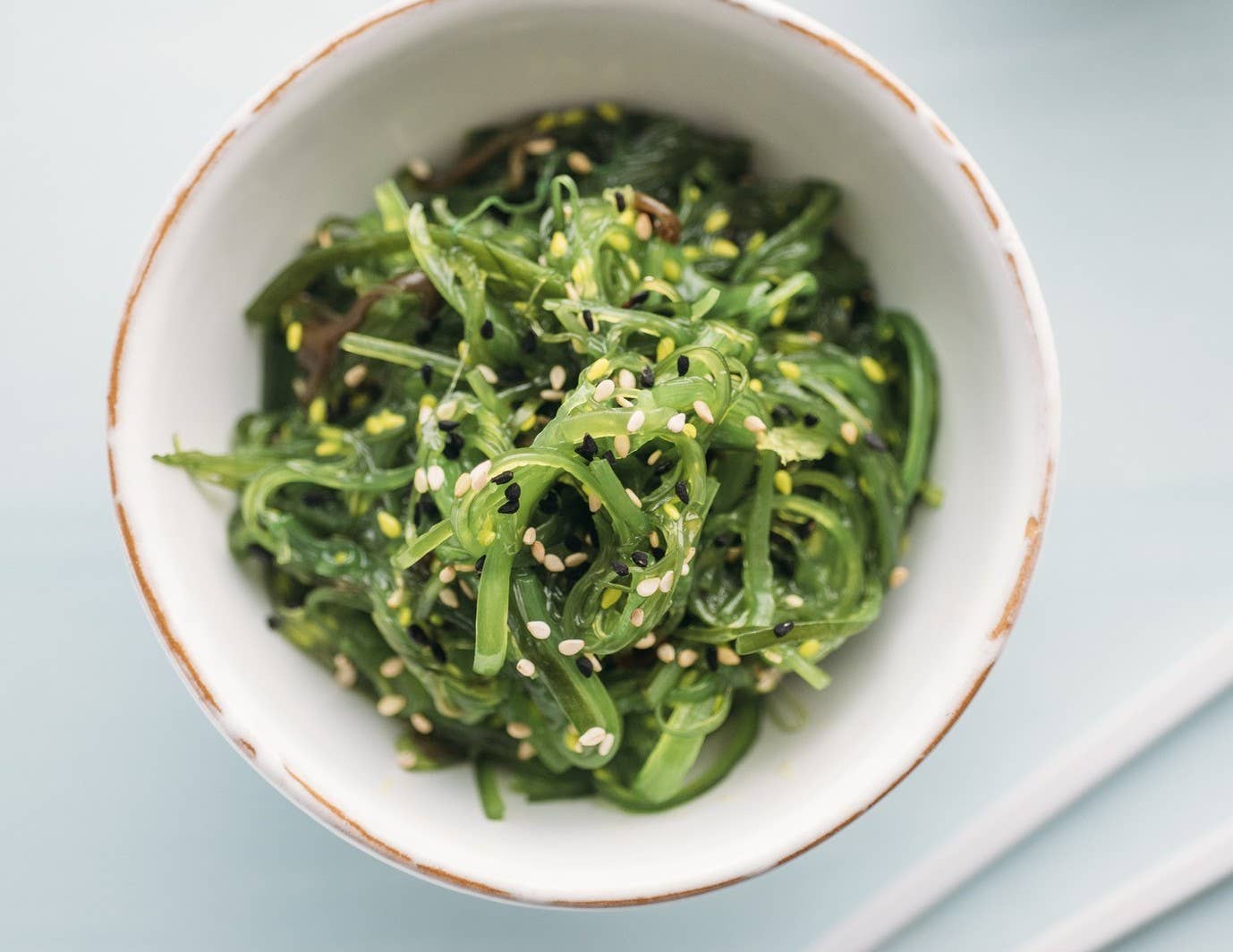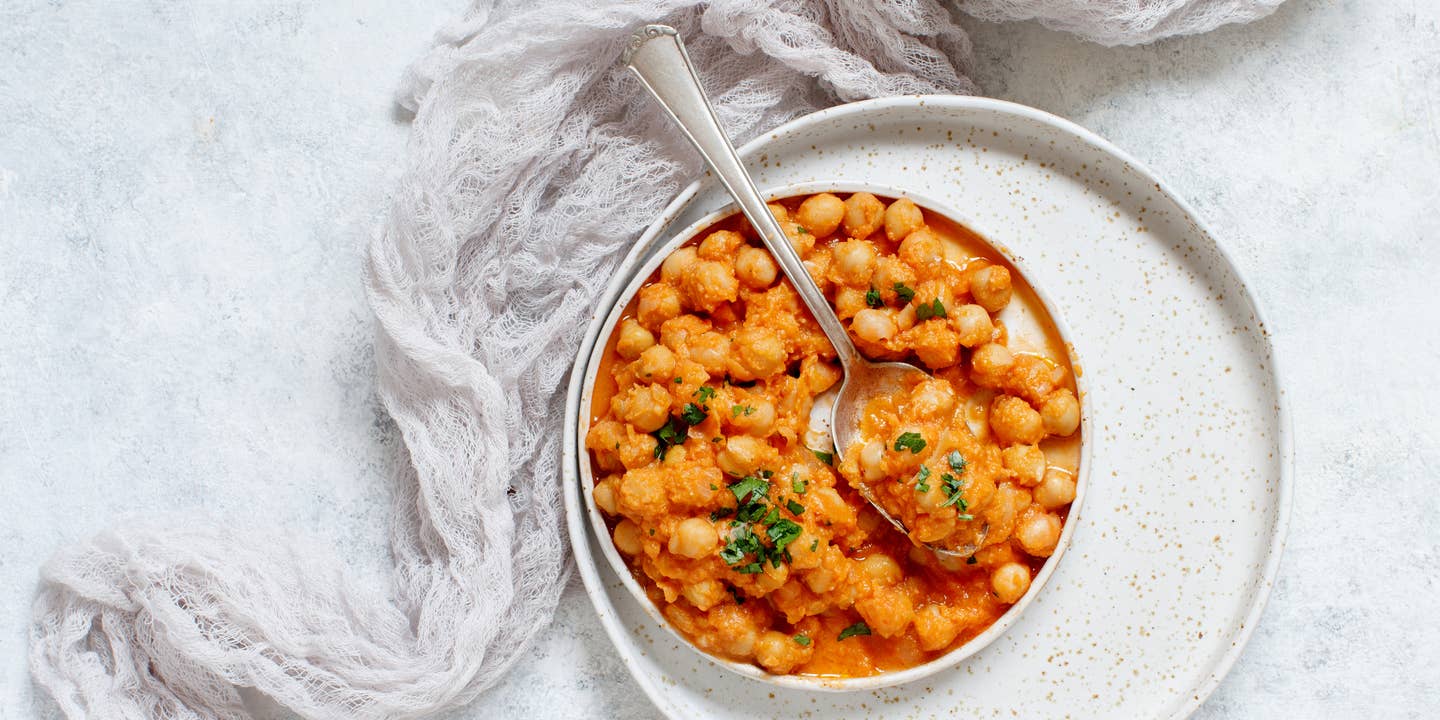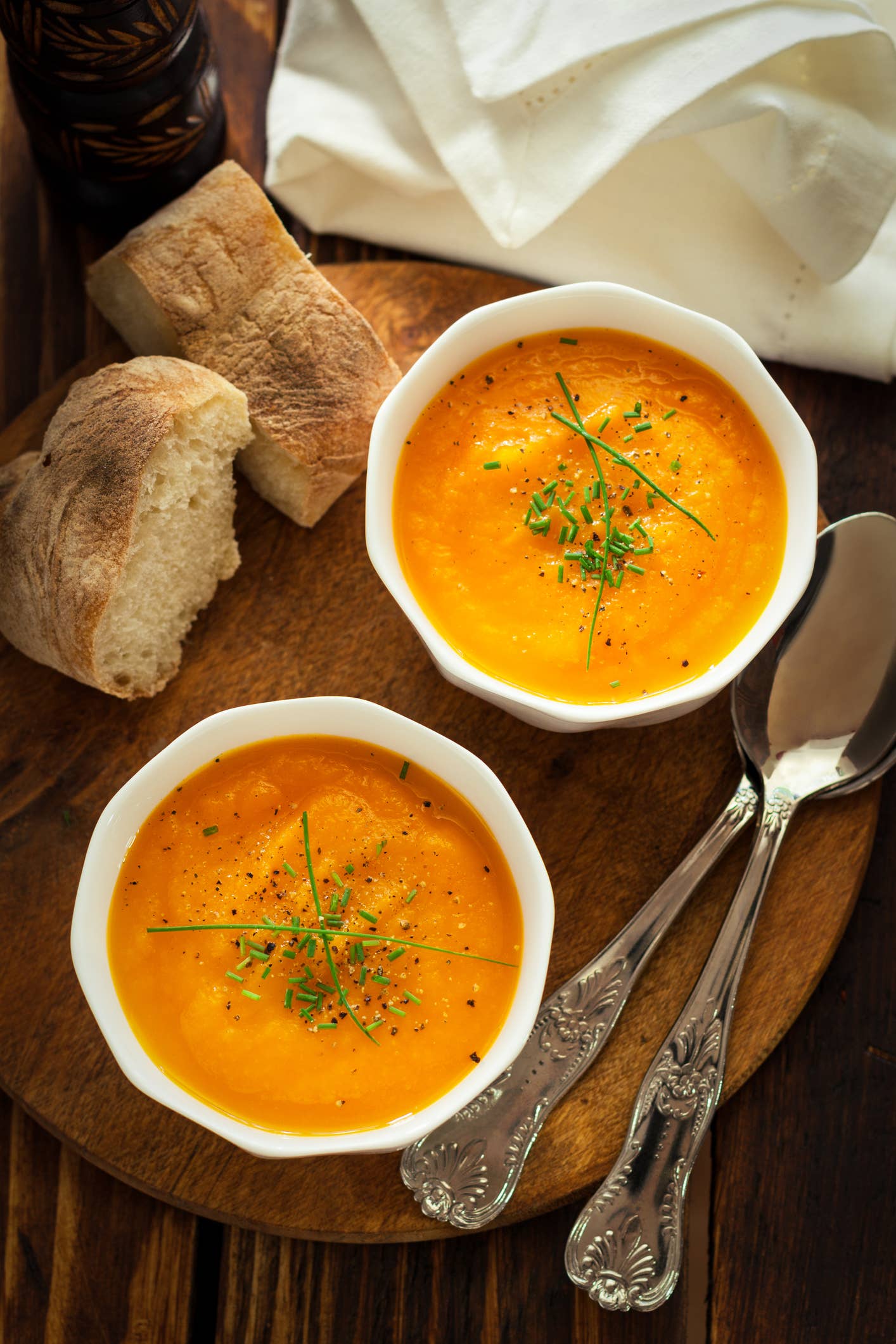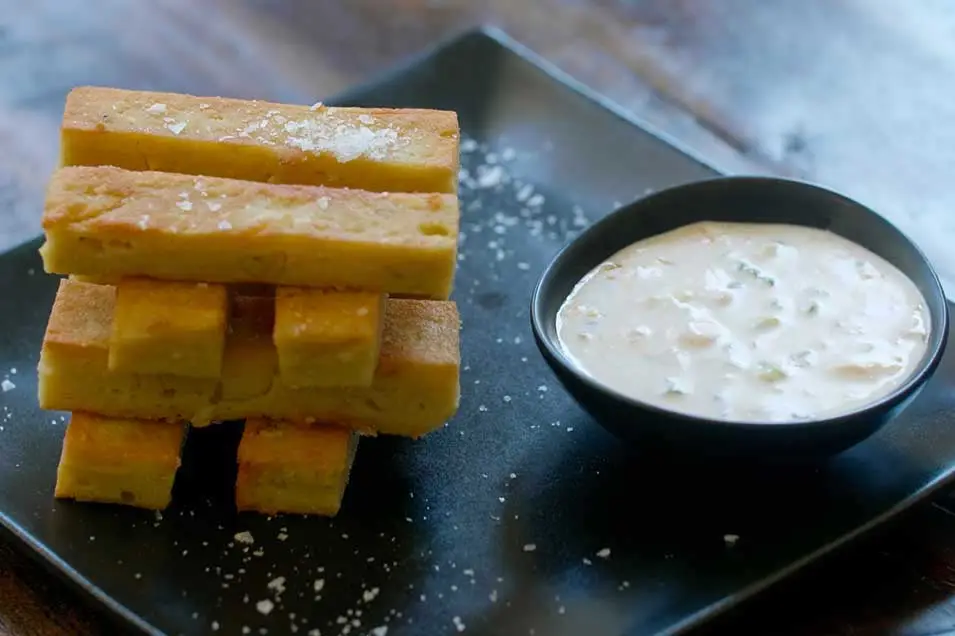
Add the Benefits of Seaweed to Your Diet With This Tasty Recipe
Most people’s relationship with seaweed is not a pleasant one. Memories of getting tangled and caught while swimming means that many automatically think of the slimy pieces of marine plant floating in the ocean, rather than the delicious, nutrient-packed source of umami flavor they are when used in cooking.
Seaweed products are prized ingredients and an indispensable part of Japanese cuisine. A variety of seaweed is included as a staple in the Japenese diet not only for taste but healing - and with good reason. Seaweed is chockfull of nutrients and minerals including iodine, iron, and Vitamins A, C, E, K and D. All while being low in calories, making them an easy ingredient for vegan dishes.
If possible, stay away from the popular dried seaweed snacks as those are quite processed, often containing added sugars and oils and offering little in the way to satiate hunger. Instead, venture into incorporating seaweed into your main dishes and you’ll reap the benefits of this nutritional powerhouse.
I try to eat a dish with seaweed twice a week. I’ve included my favorite recipe below. In the meantime, here is a list of the most popular varieties, their benefits and how to use them.
Popular Seaweed Varieties
Nori: I once read that nori is the ‘gateway seaweed’ as it is the least seaweed tasting of them all. The variety used for the dried snacks you can now find everywhere, nori’s paper-like consistency provides the wrap for sushi or can be used as a topping for salads or added to brown rice for taste.
Hijiki: Although it is one of the more expensive varieties, hijiki is one of my favorites with its slightly sweet and nutty taste. Soak it in water for at least a half-hour, drain and sautee in coconut oil with onion, kale and shaved carrots and some coconut aminos, and you’ve got a nutrient-dense meal.
Arame: My second favorite. I prepare it in a similar way to hijiki.
Kombu: Often added to soups, kombu provides an umami flavor and can help make beans more digestible. Add a 4-6″ strip of kombu to a pot of cooking beans. After an hour or two, the kombu will disintegrate when stirred. (Any stray pieces should be tender enough to eat, or you can remove them.)
Dulse: With a chewy, leather-like texture and salty taste, dulse is often prized by vegans as a great substitute for bacon when cooked on high heat in some coconut oil. Use as a substitute for bacon in a No B.L.T. (and of course, my favorite, ‘A’ for avocado!)
Here is my favorite simple dish using seaweed.
Brown Rice Bowl with Tahini Ginger Dressing (serves 2)
INGREDIENTS:
Dressing
- ¼ Cup sesame oil
- 1/3 Cup Tahini
- ¼ - ½ inch ginger, grated (depending on how much ‘kick’ you want!)
- 2 tbsp coconut aminos
- ½ lime, juiced
- Water
Bowl
- ½ cup arame or hijiki
- ¼ onion or scallion, chopped
- 1 carrot
- 4 cups kale (or more), cut up
- ½ cup edamame
- Bragg’s Aminos or coconut aminos
- 1 cup cooked brown rice
- Avocado (optional)
- Gomasio, optional (a salt substitute, gomasio is a blend of toasted sesame, salt and seaweed)
INSTRUCTIONS:
Dressing
Add all ingredients to a small magic bullet container or handheld blender and blend until smooth. Add as much water necessary to reach desired consistency. If you don’t have a small personal blender you can try an immersion blender or whisk it together in a small dish.
Soak either arame or hijiki in water for 20 minutes up to several hours. When ready to use, rinse well and drain.
Bowl
In a large skillet or saucepan, melt 2 tbsp coconut oil. Add onion and cook until translucent. Add kale and shave carrot into long strips with a vegetable peeler. Sauté for approximately 5 minutes and add seaweed and Bragg’s or coconut aminos. (I usually do 5-10 dashes.) Continue to sauté until all vegetables are to desired texture (I like mine soft and well cooked) Toss in cooked edamame and sauté for an additional 2 minutes.
Split seaweed mixture over two bowls of brown rice and drizzle with dressing.
Top with sliced avocado.
Sprinkle with dulse flakes or gomasio.
More From The Beet






